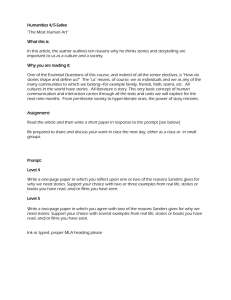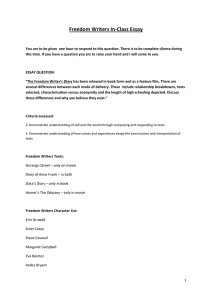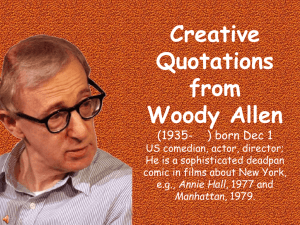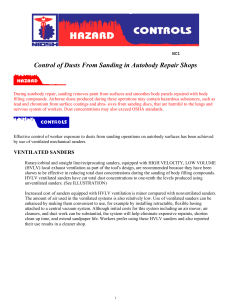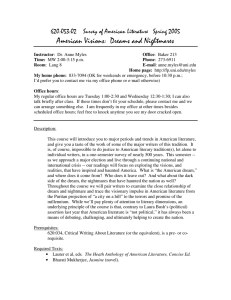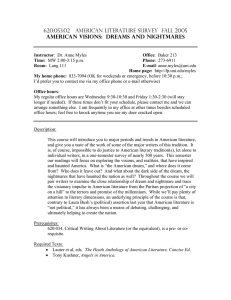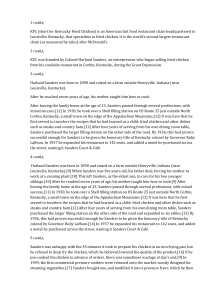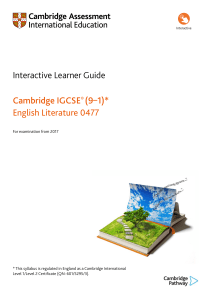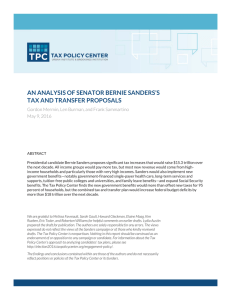Document 13505200
advertisement
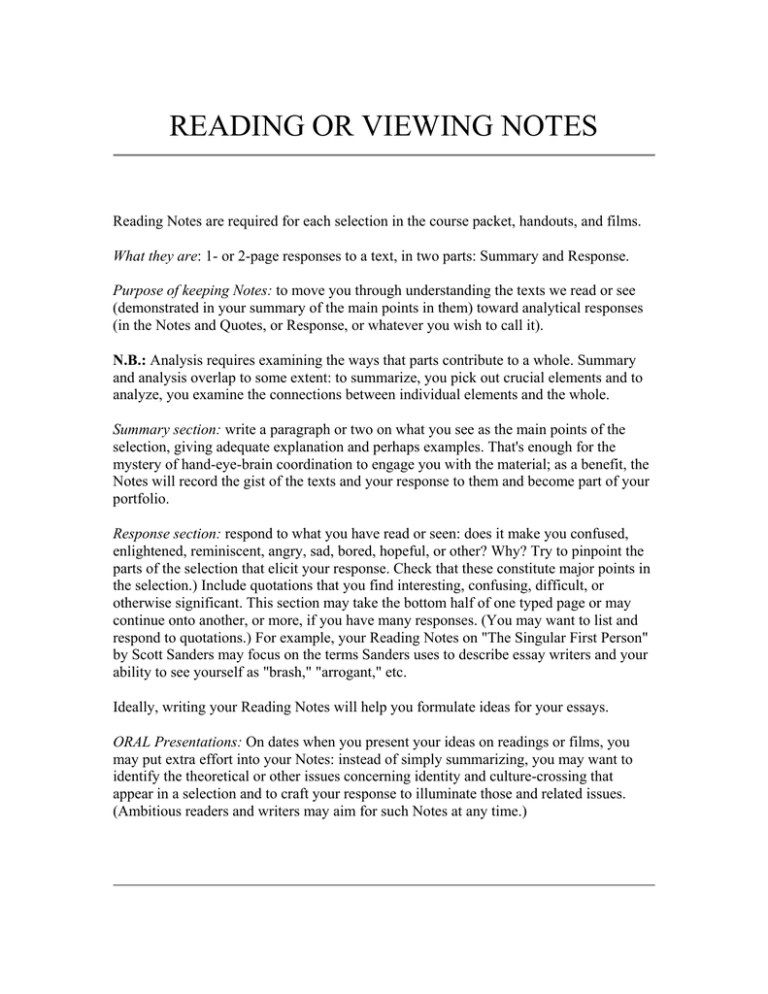
READING OR VIEWING NOTES Reading Notes are required for each selection in the course packet, handouts, and films. What they are: 1- or 2-page responses to a text, in two parts: Summary and Response. Purpose of keeping Notes: to move you through understanding the texts we read or see (demonstrated in your summary of the main points in them) toward analytical responses (in the Notes and Quotes, or Response, or whatever you wish to call it). N.B.: Analysis requires examining the ways that parts contribute to a whole. Summary and analysis overlap to some extent: to summarize, you pick out crucial elements and to analyze, you examine the connections between individual elements and the whole. Summary section: write a paragraph or two on what you see as the main points of the selection, giving adequate explanation and perhaps examples. That's enough for the mystery of hand-eye-brain coordination to engage you with the material; as a benefit, the Notes will record the gist of the texts and your response to them and become part of your portfolio. Response section: respond to what you have read or seen: does it make you confused, enlightened, reminiscent, angry, sad, bored, hopeful, or other? Why? Try to pinpoint the parts of the selection that elicit your response. Check that these constitute major points in the selection.) Include quotations that you find interesting, confusing, difficult, or otherwise significant. This section may take the bottom half of one typed page or may continue onto another, or more, if you have many responses. (You may want to list and respond to quotations.) For example, your Reading Notes on "The Singular First Person" by Scott Sanders may focus on the terms Sanders uses to describe essay writers and your ability to see yourself as "brash," "arrogant," etc. Ideally, writing your Reading Notes will help you formulate ideas for your essays. ORAL Presentations: On dates when you present your ideas on readings or films, you may put extra effort into your Notes: instead of simply summarizing, you may want to identify the theoretical or other issues concerning identity and culture-crossing that appear in a selection and to craft your response to illuminate those and related issues. (Ambitious readers and writers may aim for such Notes at any time.)
